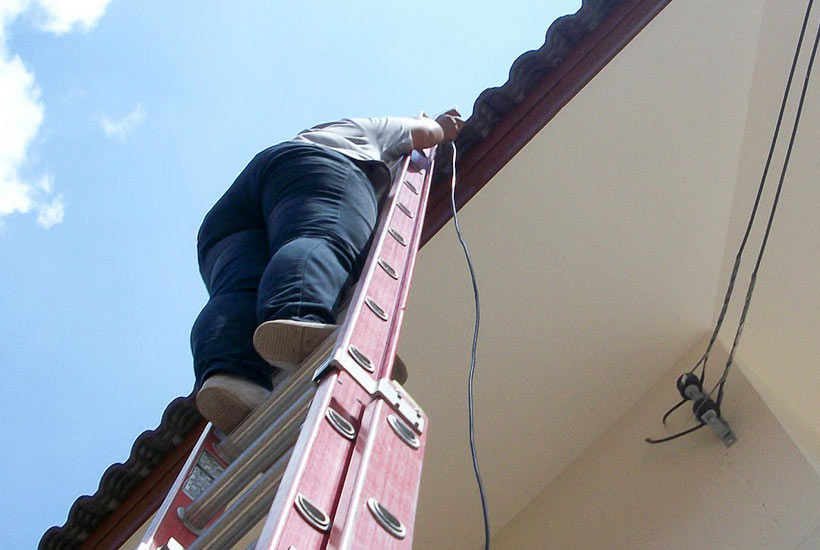There are at least two very different winter experiences in California. As our service area covers both an area with a mild, slightly wet climate (Livermore) and a colder and wetter climate (Sonora), we can tell you how you should prepare your roof for whichever kind of California winter you get. As winter is the wetter season throughout California, it is the most important season for your roof to weather. Here is how you can make sure it is in tip-top shape.
Preparing Your Roof for Winter in Livermore
Livermore’s dry climate gets a bit wetter over the winter. December is the rainiest month in Livermore, although we are only likely to get a few inches. Also, starting in about November, the chance of overnight freezes begins and lasts until about March. The combination of wetter and colder temperatures means a few things for your roof:
- Hidden leaks: Any leaks that have been hiding over the summer may reveal themselves once you get some rain.
- Ice dams: Ice development on the roof becomes a possibility, if a rare one.
- Animal infestation: To escape low temperatures at night, some animals attempt to find shelter in roofs.
- Wind: Livermore has higher average wind speeds than Sonora, especially in winter, so all repairs should be done with a close eye on the weather to prevent shingle blow-off.
It is always more costly to fix a leak, ice dam, or animal infestation than it is to prevent them. Here are the steps you should take to prevent these problems:
- Roof inspection: Have a roofer look for potential leaks and make sure your shingles will stand up to the winter weather. They can also fill up potential animal entry points at the soffit and ensure that your insulation is good enough to prevent ice dams.
- Gutter cleaning: Your roofer can also remove debris from your gutters and shingles. This early cleaning prevents water drainage problems that could create leaks.
Preparing Your Roof for Winter in Sonora
Sonora has a wetter, colder winter than Livermore. Here, we are likely to get a few inches of snow every year, roughly eight. Also, freezing temperatures are expected overnight in the winter and may even extend into the day on the coldest days. This weather means a few things for your roof:
- Ice damage: Hidden leaks that are not caught during the fall will likely cause more damage as the water freezes in the cold weather.
- Gutter clogs: In this more temperate climate, there are more trees that will drop leaves on the roof, increasing the odds of gutter clogs.
- Animal infestation: It is even more likely for animals to try to find shelter in your roof.
In order to prevent these problems and prevent having to call your roofer for emergency repairs in the winter, get these tasks done during the fall:
- Roof inspection: Your roofer should look for potential leaks and other problems with the roof to fix them before the freezing temperatures make them worse.
- Insulation inspection: Have your roofer or another professional check on your insulation. Proper insulation prevents ice dams and will help you stay energy efficient in the winter.
- Gutter cleaning: Clogged gutters can contribute to ice dams and create leaks, so cleaning them in fall is wise.
Your roofing professional may have more tips and tricks to help your roof weather a California winter without incident.


